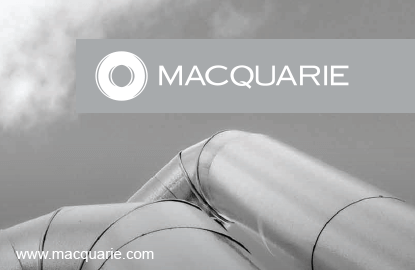
KUALA LUMPUR: Structured put warrants have been actively traded of late, an indicator of growing pessimism about the local bourse. Those who have invested in this breed of derivatives may be laughing all the way to the bank now, since prices have shot up as the sentiment gets more bearish.
Yesterday, the prices of put warrants traded on Bursa Malaysia bucked the downtrend of the broad market. Most were heading higher yesterday.
Put warrants, such as the FBMKLCI-HK index surged 36.36%, the FBMKLCI-HH index climbed 12.78%, the FBMKLCI-HG index went up 20% and the FBMKLCI-HL index increased 13%.
In fact, two structured warrants, namely FTSE China A50-H2 and FTSE China A50-C3, were the most actively traded securities in the local market as China’s stock markets led the decline yesterday.
The two structured put warrants are based on the FTSE China A50 Index that tracks A shares on the Chinese bourse.
Structured put warrant FTSE China A50-H2 gained 17.33%, while call warrant FTSE China A50-C3 headed south by 2.27%.
According to Johann Sze, a representative of derivatives sales at Macquarie Capital Securities (Malaysia) Sdn Bhd, put warrants are one of the very few financial instruments in the Malaysian market that allow investors to profit in a bearish market.
“Put warrants are unique as they move in an inverse direction to the underlying [stock], increasing in value as the underlying decreases, and vice versa.
“With the current FBM KLCI falling from a high of 1,862.80 in April 2015 to below 1,700 points, investors have been taking advantage of the bearish market by trading put warrants over the FBM KLCI,” Sze told The Edge Financial Daily.
He added that put warrants can be used effectively in both bull and bear markets as investors aim to profit from short-term falls in prices.
“They are clearly more popular during bear markets as price falls are usually more prevalent,” said Sze.
On whether investors could cash in on these kinds of investments, Sze said it depends on their view of the underlying.
“A put warrant price will increase when the underlying falls ... take one of our popular put warrants for example, FBMKLCI-HL ... this warrant has gained more than 125% since April 2015, moving in an inverse direction to the FBM KLCI, which has fallen approximately 9% over this time,” said Sze.
This article first appeared in The Edge Financial Daily, on June 30, 2015.